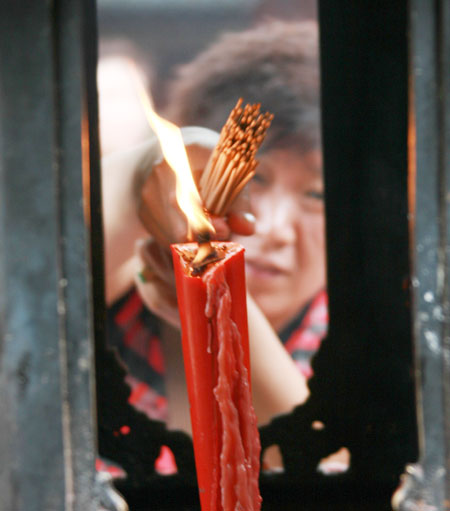
Mount Putuo has been a site for Buddhist pilgrimage for centuries. Photo provided to China Daily
Mount Putuo, Zhejiang
Mount Putuo is one of China's "four Buddhist mountains" and one of Zhejiang province's 1,390 Zhoushan islands.
Its religious significance dates to the Qin Dynasty (221-206 BC). It became a Buddhist hub nourished by the flourishing Maritime Silk Road in the Tang Dynasty (AD 618-907). It gradually became a center for the development of the rites of the Bodhisattva Guanyin that drew influence from Southeast Asia and Japan.
By the late Qing Dynasty (1644-1911), it hosted three grand temples, 88 halls, 128 thatched huts and several thousand monks.
The mountain remains a place of pilgrimage.
Non-religious visitors scale its slopes to enjoy its "natural oxygen bar", swim and watch sunrises over the sea.
The range's Buddhist history has produced a largely vegetarian cuisine. Pilgrims dine in Putuo's temples, especially its three largest - Puji, Fayu and Huiji. Putuo Buddha tea is also a must-try.
The Seafood Garden houses 52 seafood restaurants. Many hostels also prepare seafood.
IF YOU GO
• During the Dragon Boat Festival, the mountain is open from 8 am to 5 pm.
• Putuo Airport has many flights to such cities as Beijing, Shanghai and Guangzhou.
• There's only one port in Mount Putuo. Ships sail to other coastal cities daily.
• The No 1 and No 2 bus lines connect all scenic spots. Buses depart every 10-15 minutes.
• Photography is prohibited inside the temples.
